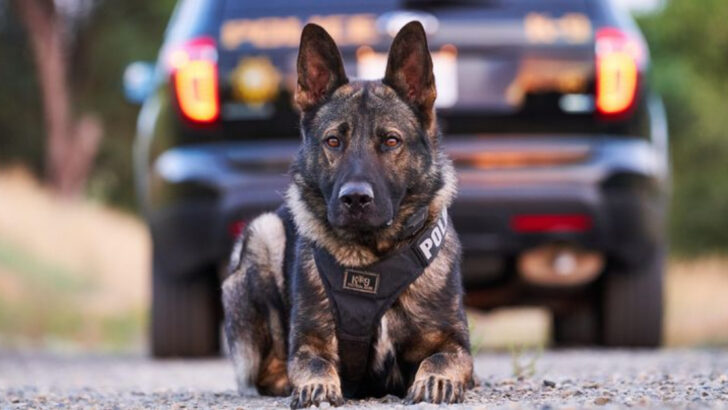Your family dog might chase squirrels.
A police dog chases criminals—and catches them.
We’re talking about elite, four-legged officers trained to sniff out bombs, bite on command, and leap over six-foot walls like it’s just another walk in the park.
Sure, they still wag their tails and love a good belly rub, but don’t get it twisted—these dogs are on a whole different level.
While your pup might sulk when it’s bath time, police dogs charge into chaos with zero hesitation.
They’re fearless, focused, and fiercely loyal to their handlers.
And while both love treats, only one is rewarded for taking down bad guys.
Think they’re just like any other dog with a badge?
Think again.
Let’s break down the 15 biggest differences between your couch-loving canine and the K-9 units who run into danger like it’s just another Tuesday.
Training Intensity
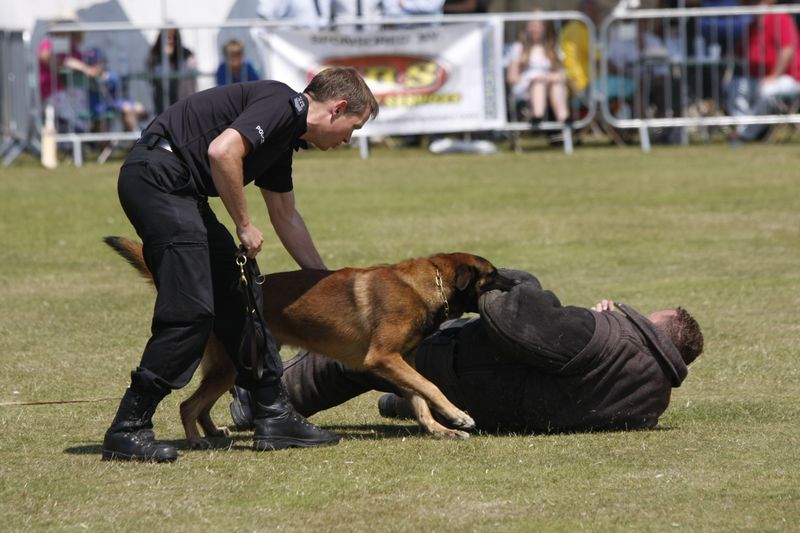
Unlike your typical family pet, police dogs undergo rigorous and highly structured training programs. They spend hours each day refining skills such as obedience, agility, and scent detection. The training is intensive and continuous, ensuring they can handle high-pressure situations efficiently.
In contrast, family pets might only receive basic training, focusing on house manners and simple commands. This discrepancy in training intensity highlights the demanding nature of law enforcement roles. While your pet’s training is often about creating a harmonious home environment, police dog training is mission-critical.
Work Environment

Imagine a bustling city street, with a police dog weaving through pedestrians alongside its handler. Police dogs work in diverse and dynamic environments, from urban areas to rural landscapes.
Their ability to adapt to different settings is crucial. On the other hand, family pets typically reside in the comfort of home or familiar neighborhoods. This difference in work environments illustrates the varied challenges police dogs face compared to household pets, who rarely encounter such diverse scenarios.
Purpose and Roles
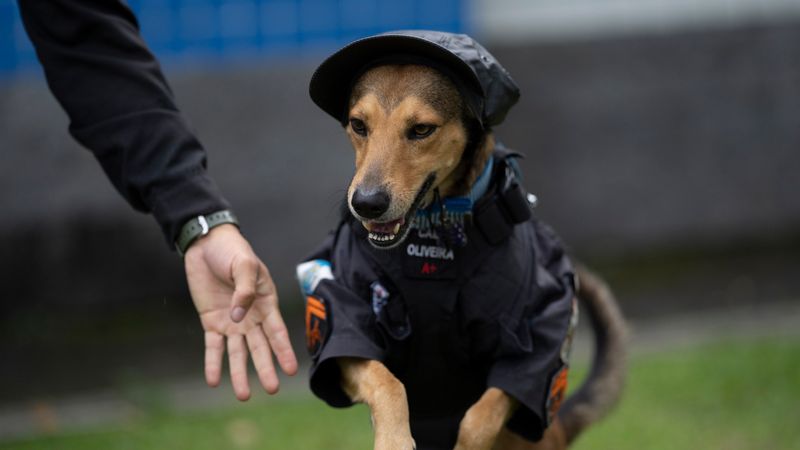
Police dogs have specific roles like search and rescue, tracking, and apprehending suspects. Their purpose is clear-cut and vital to law enforcement operations.
In contrast, family pets primarily offer companionship and emotional support. This fundamental difference in purpose underscores the specialized skill set and training police dogs possess. While both enrich human lives, police dogs serve with a distinct focus on public safety and crime prevention.
Breed Selection
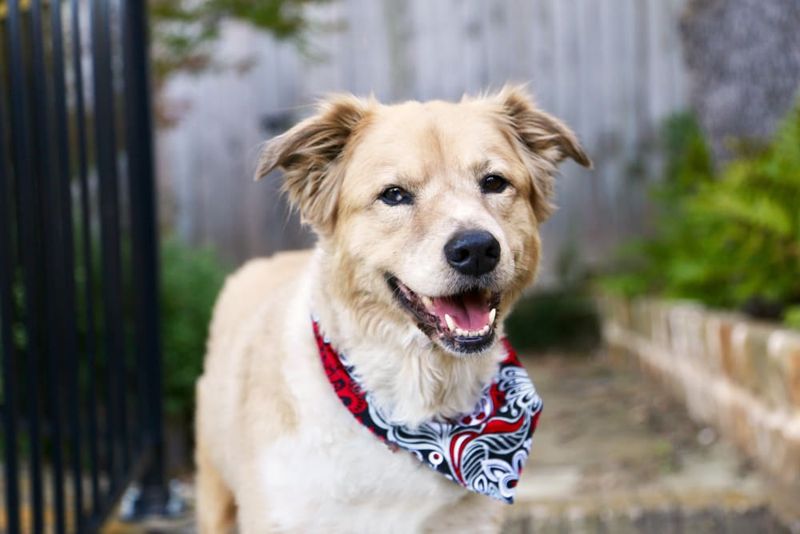
Not every dog is cut out to be a police dog. Breeds like German Shepherds, Belgian Malinois, and Labrador Retrievers are preferred for their intelligence, strength, and agility.
Family pets, however, come in all shapes and sizes, chosen more for their temperament or appearance than work capabilities. This selective breed choice for police dogs highlights the need for specific traits that aid in their demanding duties, distinguishing them from the more diverse family pet breed selection.
Lifespan in Service
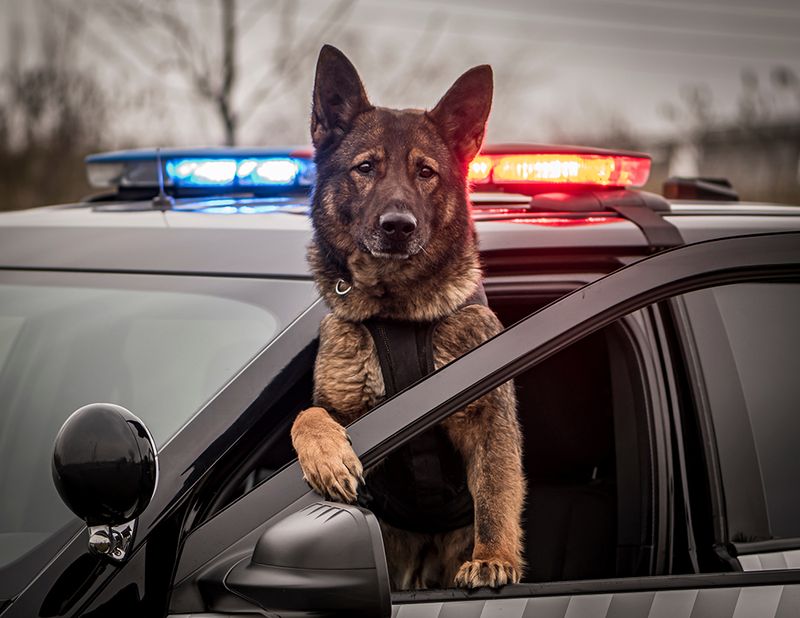
The working life of a police dog is often limited to eight or nine years, after which they retire. This is due to the physically demanding nature of their duties, which can take a toll on their bodies over time.
Family pets, however, enjoy a more leisurely life and typically do not face the same physical demands, allowing for potentially longer lifespans. This difference in service lifespan reflects the intense physical requirements placed on police dogs compared to the more relaxed existence of family pets.
Emotional Bonding

The bond between a police dog and its handler is profound, built on trust and mutual reliance. They work together daily, creating a unique partnership.
Family pets bond with all household members, often becoming deeply attached to multiple people. Police dogs, however, usually form a stronger connection with their single handler. This relationship is critical for effective teamwork in law enforcement, contrasting with the broader family bonds seen in household pets.
Daily Routine
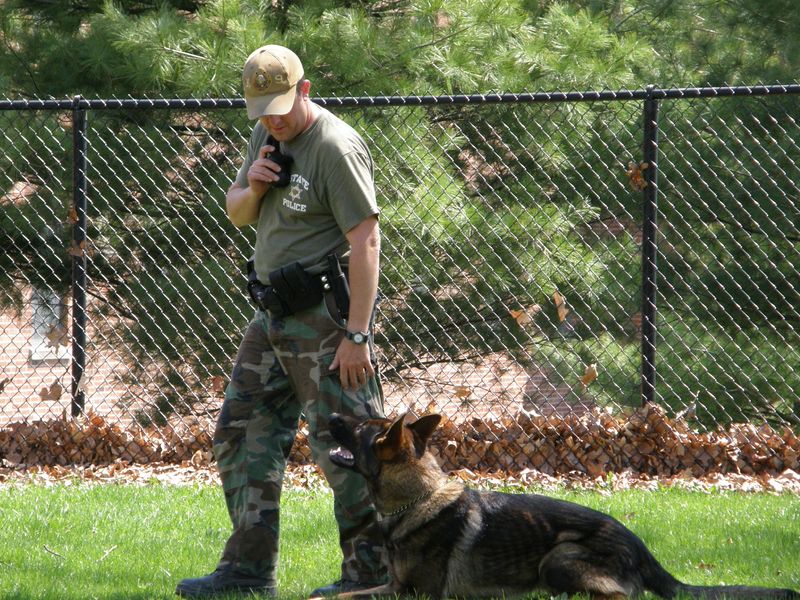
A police dog’s day is meticulously structured, balancing training, work, and rest. Their routine is designed to maintain peak performance.
Conversely, family pets enjoy a more flexible schedule, with plenty of leisure and playtime. This structured routine for police dogs ensures they are always ready for duty, contrasting with the leisurely lifestyle of family pets, who have more freedom to relax and play.
Diet and Nutrition

Police dogs require a diet tailored to their high-energy demands, often rich in protein to support their active lifestyle. Their nutrition is closely monitored to ensure optimal performance.
In contrast, family pets have varied diets based on personal preferences and health needs, often less stringent than those of working dogs. This dietary difference underscores the physical demands placed on police dogs, requiring careful nutritional planning to maintain their health and vitality.
Public Perception
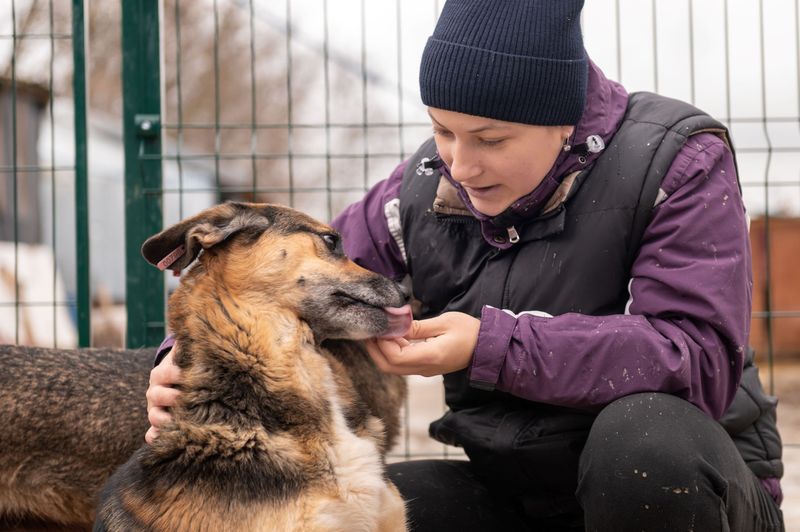
Public perception of police dogs is often one of admiration and respect, recognizing their critical role in law enforcement. They are seen as disciplined, focused, and heroic.
Family pets are viewed as lovable companions, cherished for their affectionate nature. This difference in public perception highlights the esteem held for police dogs due to their professional duties, contrasting with the sentimental value attributed to family pets.
Retirement Life

After years of service, police dogs retire, often adopted by their handlers to enjoy a peaceful life. Retirement allows them to transition from rigorous duties to a more relaxed pace.
Family pets, however, do not have a formal career to retire from and continue their life without such transitions. The retirement of police dogs marks a significant shift from active duty to family life, a contrast to the consistent lifestyle of family pets.
Specialized Equipment

Police dogs are equipped with specialized gear like protective vests, cameras, and tracking devices. These tools enhance their ability to perform law enforcement tasks safely and efficiently.
Family pets rarely need such specialized equipment, relying instead on simple collars and leashes. This contrast in equipment reflects the sophisticated nature of police work compared to the everyday needs of a family pet, who leads a simpler life without such demands.
Discipline and Control

Discipline is paramount for police dogs, trained to obey commands instantly in high-stress situations. Their control must be absolute to ensure the safety and success of operations.
Family pets might not exhibit the same level of discipline, often prioritizing play and exploration. This difference in discipline underscores the necessity for police dogs to have unwavering obedience, a trait less emphasized in the more relaxed family pet environment.
Legal Status

Police dogs are considered officers of the law, with legal protections mirroring those of human counterparts. Any harm against them is treated as an offense.
Family pets, while loved and protected, don’t hold such a status. This legal distinction highlights the recognized importance of police dogs in law enforcement, granting them rights that exceed those of regular pets and reflecting their integral role in policing.
Health and Veterinary Care
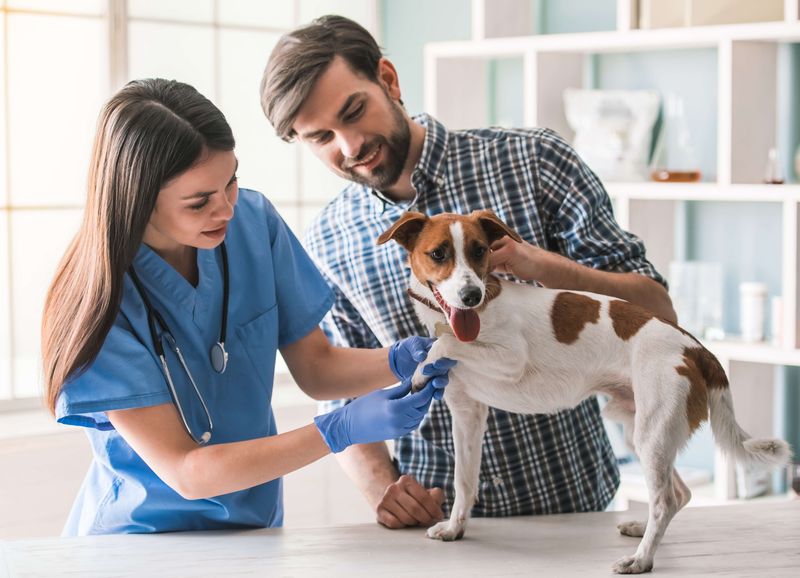
Health is of utmost importance for police dogs, who undergo regular veterinary check-ups to ensure fitness for duty. Their healthcare is comprehensive, addressing the physical demands of their roles.
Family pets also receive medical care, but the intensity and focus differ, reflecting the relaxed lifestyle they lead. This disparity in healthcare requirements emphasizes the need for police dogs to maintain peak health to fulfill their demanding duties.
Loyalty and Dedication
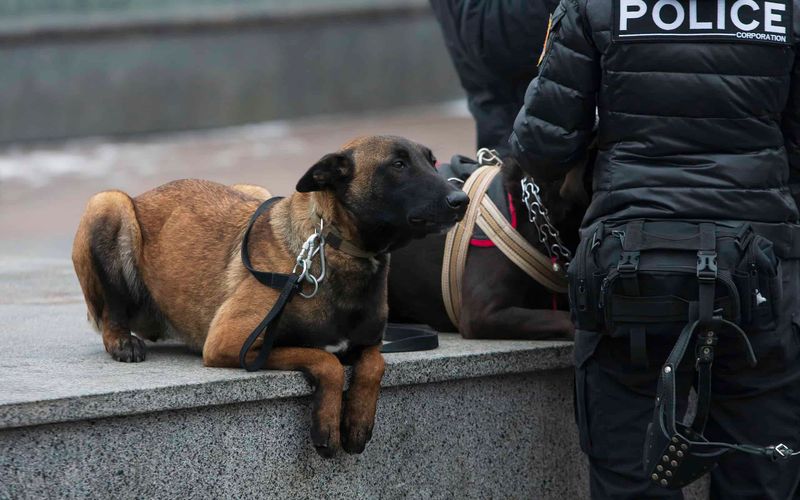
The loyalty of police dogs is legendary, driven by a deep commitment to their handlers and mission. Their dedication is unmatched, forged through shared experiences and rigorous training.
Family pets are loyal too, but their devotion is often spread across family members, more about comfort and companionship. This contrast in loyalty highlights the singular focus of police dogs, emphasizing their role as dedicated partners in law enforcement, beyond the affectionate loyalty seen in family pets.

